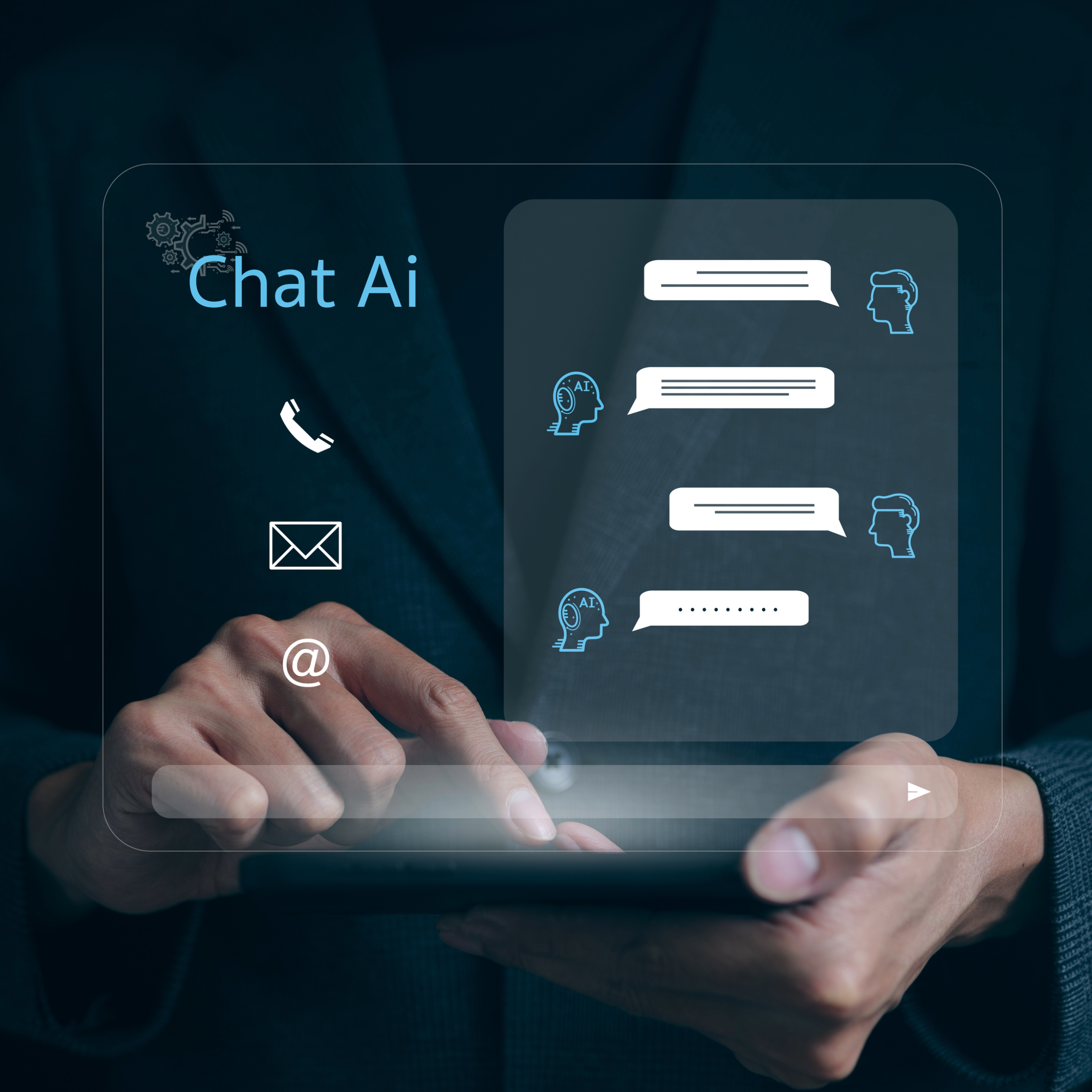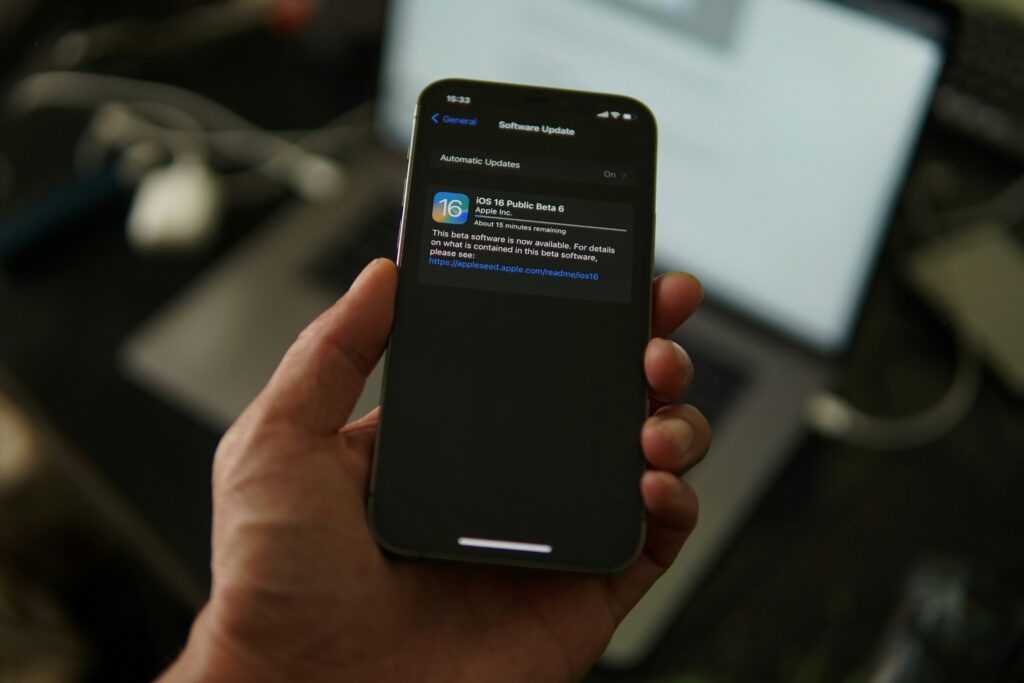The advent of ChatGPT and, more broadly, generative artificial intelligence, has raised many questions about the future of the job market. While fears of a massive replacement of humans by machines are often exaggerated, it is undeniable that these technologies are profoundly transforming our modes of production and our organizations. With its impressive capabilities for text generation, translation, and answering a wide range of questions, might seem to threaten some jobs. However it is important to qualify this statement.
The Limitations of ChatGPT
ChatGPT has many limitations. Although capable of generating coherent and relevant text, it does not truly understand the meaning of what it produces, instead being a sophisticated imitation of human understanding. In addition, its capabilities are limited by the data on which it has been trained, which can produce biased or erroneous results if these are not representative. While ChatGPT can generate creative text, it cannot truly innovate or think outside the box like a human would. Finally, being a language model, it is unable to perform physical actions or interact with the real world autonomously.
Man and Machine: Collaboration Rather Than Competition
Rather than seeing ChatGPT as a threat, it would be wiser to see it as a complementary tool to human skills. This is because AI can automate repetitive tasks, freeing up time for humans; It can improve productivity by providing information quickly and comprehensively. and it can open up new horizons by allowing the development of new products and services, thus creating new jobs. The impact of ChatGPT on employment is complex and depends on many factors. While some routine and repetitive tasks can be automated, new opportunities are also emerging. ChatGPT can automate tasks such as writing reports, creating content, or responding to customer inquiries, which can lead to downsizing in some industries. At the same time, the development and maintenance of AI models like ChatGPT is creating new jobs in the fields of data science, computer engineering, and AI ethics. To stay competitive, workers will need to learn new skills, such as data analysis, programming, or solving complex problems.

To illustrate the impacts of ChatGPT on the job market, here are some examples:
In the area of writing and content:
- Journalists: ChatGPT can generate basic articles on current topics, freeing up journalists’ time to focus on investigating, analyzing, and producing more in-depth and original content.
- Web Writers: ChatGPT can be used to create product descriptions, blog posts, or landing pages, allowing copywriters to focus on content strategy and SEO optimization.
- Authors: Writers can use ChatGPT as inspiration or to overcome writer’s block, generating ideas for screenplays or dialogue.
In the area of customer service:
- Chatbots: ChatGPT can be integrated into chatbots to answer customers’ most frequently asked questions, freeing up customer service agents to handle more complex requests.
- Technical Support: ChatGPT can provide a first line of support by resolving the most common technical issues, reducing the time to resolve incidents.
In the field of programming:
- Software development: ChatGPT can generate simple code, which speeds up the development process and allows developers to focus on architectural design and solving complex problems.
- Software testing: ChatGPT can be used to generate test datasets, which improves the quality of the software.
In the field of education:
- Virtual Tutors: ChatGPT can serve as a virtual tutor to answer students’ questions and help them understand difficult concepts.
- Instructional Content Creation: Teachers can use ChatGPT to create exercises, quizzes, or presentations.
In the field of health:
- Diagnostic Assistance: ChatGPT can help doctors make diagnoses by analyzing patients’ symptoms and medical history.
- Medical research: ChatGPT can be used to search for information about rare diseases or to explore new avenues of research.
Let’s analyze the application of ChatGPT more concretely
We’ve all asked ChatGPT something knowing that it was going to complete this task, much faster than we did. That is to say, writing and research. However, as said in the introduction, this AI has its limitations. Did you know that ChatGPT can’t count the number of r’s in the word strawberry? Indeed, he manages to count only two “r” in “strawberry”. This is all due to the way the large language model (LLM) algorithms that power AIs like ChatGPT, Grok by X, Gemini by Google, and many others work. They segment words into “tokens”, which can correspond to whole words, parts of words or special characters. So, in “strawberry”, it could have segmented into “straw”, “berry” and a token for “y”, “seeing” only two “r”. This segmentation, while allowing for great flexibility and efficiency by reducing the size of the vocabulary to be learned, can lead to loss of information and errors, as in this example where segmentation prevented the model from counting letters correctly. She knows what an “R” is. It can even tell you what a strawberry is. But it cannot understand “things,” or perform the subtle inferences and synthesis that human brains can do, bringing together the knowledge of all the different facts into a single answer. This is part of the reason why AIs can spread misinformation when asked factual questions.
And that’s why, even if your company is on the cutting edge of technology and trying to use a lot of AI tools to improve your workflow or free your employees from boring tasks, you should make sure that a human checks everything an AI performs before making decisions based on what it said. And you probably shouldn’t fire Steve from accounting, thinking that an AI can do all this synthesis of complex data and reduce your payroll bills.
In conclusion,
while ChatGPT and other AI models can automate certain tasks, they are not able to completely replace humans. Creativity, empathy, the ability to solve complex problems and adapt to new situations remain specifically human skills. Rather, the future of work will lie in a collaboration between man and machine, where each will contribute their own strengths. Regarding your estimate of a 95% limit, this is a difficult approximation to verify. The capabilities of AI models are evolving rapidly, and it is complex to accurately quantify their limitations. Staying informed about advances in AI and training accordingly is essential to get the most out of these technologies.



